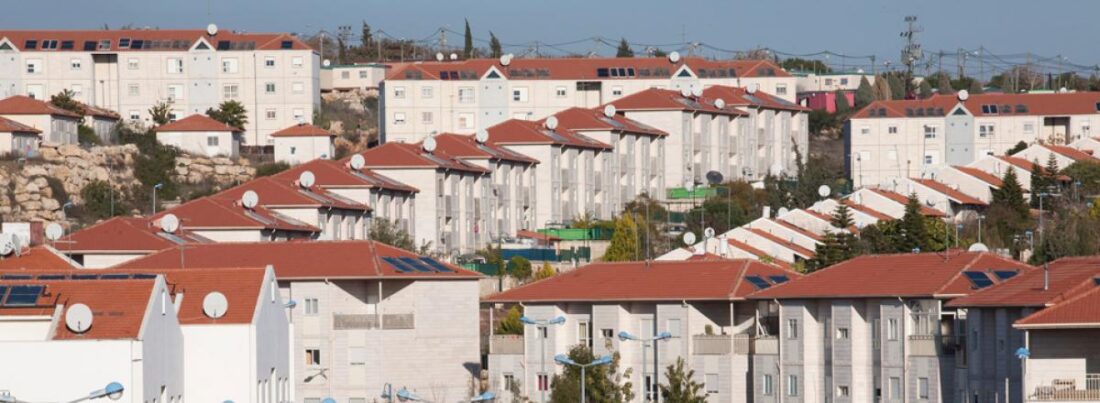It may be hard to believe, but Israel’s occupation of the West Bank has lasted nearly 55 years. I was a young man when Israel conquered it from Jordan during the 1967 Six Day War. In the intervening years, Israel has consolidated its grip on the West Bank, which is presently inhabited by 2.6 million Palestinian Arabs and 442,000 Jews living in 250 settlements and unauthorized outposts.
Israel has normalized its presence in the West Bank by building a network of settlements, industrial parks and military camps and a maze of highways and bypass roads, all of which have virtually foreclosed the possibility of a contiguous Palestinian state. This has been Israel’s implicit or explicit strategy from the start of its occupation.
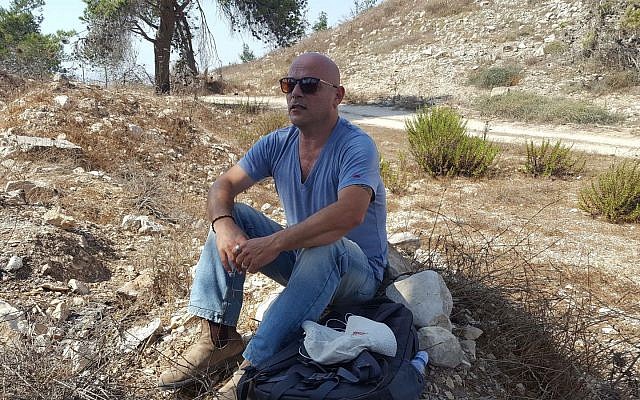
As far as Israel is concerned, normalization is the name of the game. The director of Peace Now’s Settlement Watch organization, Shabtai Bendet, addresses this theme in Land of Outposts, a short film sponsored by Canadian Friends of Peace Now.
Bendet, a former settler and an advocate of a two-state solution, takes viewers on a guided tour of the northern West Bank. He drives along Highway 5, which starts in Israel and extends into the West Bank. The land on which it was paved was expropriated from Palestinians, he says.
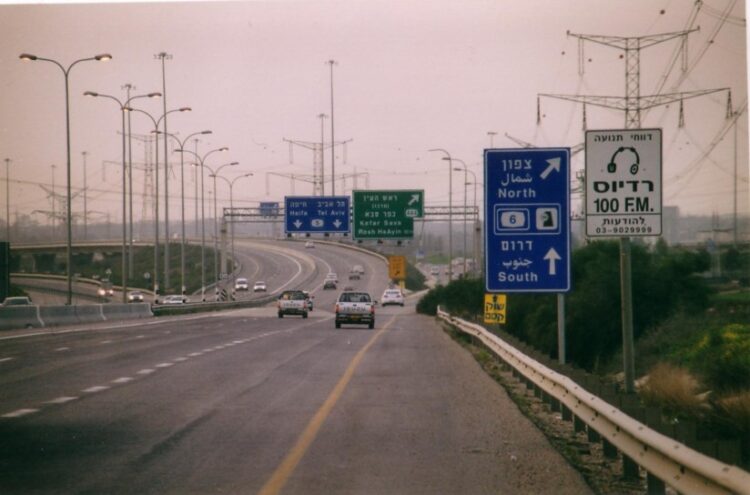
As he points out, a person driving along this route would hardly notice that he or she had entered the West Bank, an illusion that normalizes the occupation and creates a sense of security. Since the highway is not connected to Palestinian villages, Palestinians, for all intents and purposes, are barred from using it. As a result, the chances of a terrorist attack are slim.
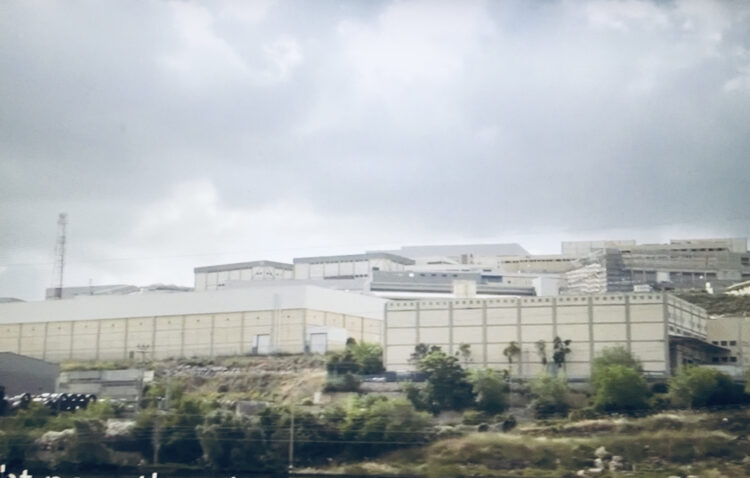
The immense industrial zones he passes belong to two settlements, Barkan and Ariel, both of which resemble towns. In a glaring oversight, Bendet says not a word about what these factories manufacture or assemble and what their products are worth on the market. But being faithful to his theme, he reminds a viewer that these hubs contribute to Israel’s economy and the normalization of Israel’s occupation.
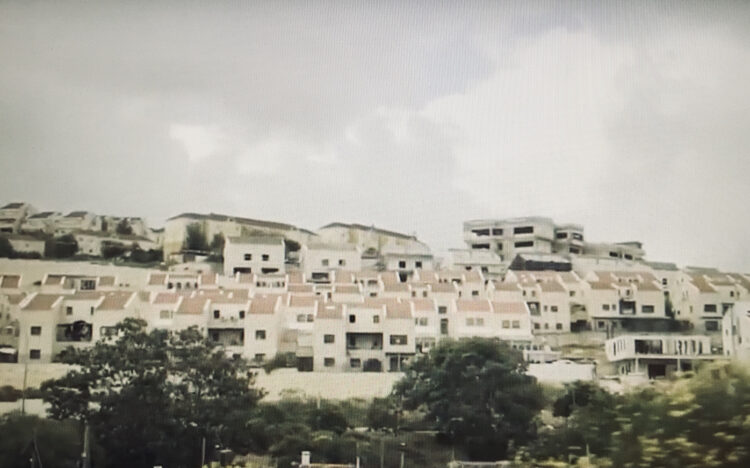
Ariel, one of the largest settlements, was the first settlement to be designated as a city. Its late mayor, Ron Nachman, who died in 2013, worked immensely hard to present Ariel as a normal place. Ariel has a university, plus a medical school whose imposing building was donated by the late Sheldon Adelson, an American billionaire and a big backer of the settlement movement. Since neighboring Arab villages like Qusra and Duma are not connected to Ariel by road, they cannot access its medical services.
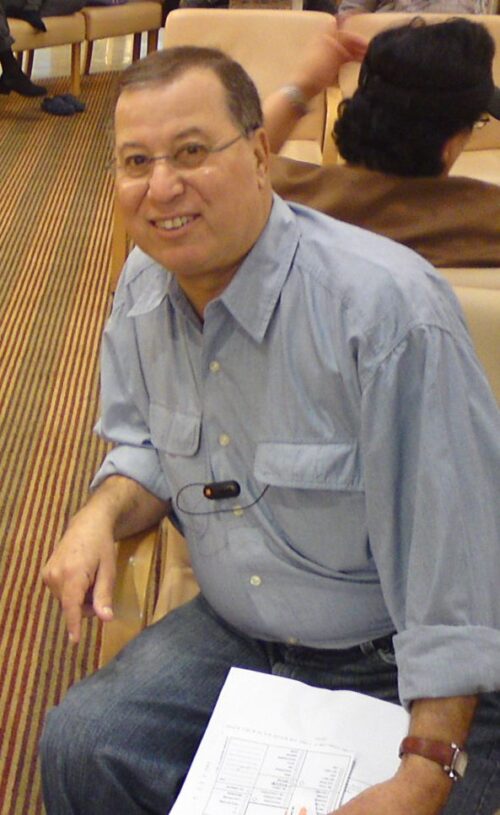
As he drives by Rechelim, the first illegal outpost in the West Bank, he casually says he once lived there. Unfortunately, he does not elaborate. It would have been enlightening to hear why he joined the opposition.
Like other outposts in the vicinity, such as Nof Harim and Hakaron, Rechelim was served with demolition orders, which have yet to be implemented.
In a stinging condemnation of the settlers, Bendet says they have pushed Palestinian farmers off their cultivated and uncultivated lands. There have been clashes between settlers and Palestinians, but he is short on details.
Bendet usually speaks calmly, but grows visibly agitated when he refers to the segregated bus stops for Jews and Arabs at the Tapuach Junction. He calls this practice “ethnic segregation.”
By means of cold statistics, Bendet explains how Israel has tightened its hold on the West Bank incrementally in the past few decades.
In 1976, 1982 and 1988, the West Bank was home to 4,400, 23,000 and 53,400 Israeli settlers. But in the next 30 years, the numbers jumped remarkably, from 146,000 and 220,000 in 1996 and 2002 to 296,0000 and 427,000 in 2008 and 2018.
Of the five million dunams in the West Bank, Israel has classified 1.4 million dunams as state land. Of these, 700,000 dunams have been transferred to settlers. Less than one percent has been allocated to the Palestinians.
These land transfers are part and parcel of the normalization process Israel has been carrying out in the West Bank since 1967.
